THE THEATRE ORGAN
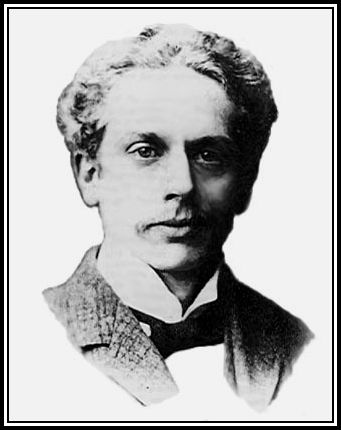 Robert Hope-Jones (1859-1914), Father of The Theatre Organ
Robert Hope-Jones (1859-1914), Father of The Theatre Organ
PART TWO: BUILDERS OF THE THEATRE ORGANS
THIS PAGE IS WRITTEN IN CONJUNCTION WITH GLEN TWAMLEY (FRIENDS OF BEER WURLITZER)
-oOo-
-oOo-
SURVIVING
COMPTON THEATRE ORGANS STILL IN PLACE
HOW IS A THEATRE ORGAN LIKE A COELACANTH?
We are told that the Golden Age of Theatre or Cinema Organ has passed. It is often said that its sound is no longer appealing to the average member of society. Sadly, it is true that a Theatre Organ does not rise up from the depths of an orchestra pit in a utilitarian screen found at the local Multiplex and there is no greeting by thunderous applause from an eager audience on a nightout.
At one time no Municipal Corporation of a seaside resort would be without a venue where a Theatre Organ was being played before an eager crowd each day; and once a Theatre Organ Request Programme was the highpoint for a huge audience listening to The BBC Light Programme.
I am told that times have changed and tastes have become more sophisticated. However, I have also heard that the English once regarded sophistication as decadent and deceptive. This attitude prevailed until the Regency Era when Dandies took to wandering the streets to show off their finery and were described as sophisticated.
With the advent of the Dandy, fashion was no longer the realm of Royalty and Court. It had moved into Society. And Society is subject to change; trends come and go; and seemingly, where once the Picture Palace, the local cinema, the flea pit and the Theatre Organ were de rigueur, they are now considered to have had their day and have reached the point of extinction.
Extinction? ……. the reader may ask. You mean like the Dinosaurs? Yes, exactly like the these animals!
But what is a Coelacanth, the reader may ask next, and how on earth does it relate to a Theatre Organ?
The Coelacanth is a bony fish (i.e. an Osteichthye) related to Lungfish and Tetrapods (i.e. Four-footed animals; e.g. frogs, lizards, birds and Man) and was thought to be extinct since the end of the Cretaceous period, which was ~145 ± 66 million years ago.
 Top: Coelacanth External Anatomy; Bottom Left: The Fish; Bottom Right: Coelancanth Fossil
Top: Coelacanth External Anatomy; Bottom Left: The Fish; Bottom Right: Coelancanth Fossil
I remember reading about the Coelacanth as a student. I was ready to dismiss the creature until I read the next paragraph! In 1938, an example of the Fish was caught off the coast of Africa in the Indian Ocean by a local fisherman. I read that it was For Sale on a stall in the local fish market close to the harbour when a Biologist happened to stroll by and noticed something unusual on offer. Closer inspection confirmed his/her thoughts. Evidently the news of its finding shook the Biological World! and created a stir in University Zoology Departments.
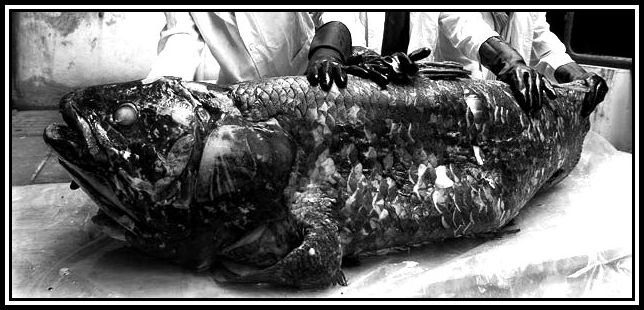 A Coelacanth – a large bony fish with much oil in its tissues, which renders it uneatable
A Coelacanth – a large bony fish with much oil in its tissues, which renders it uneatable
Sitting there in the College Library, I have to admit that I was certainly impressed with the finding! Since then, a number of other examples of the Fish have been caught, and has been put on the Endangered Species List!!!
This information might be interesting to the boffins in Universities, but once more the reader asks: how does the finding of a Coelacanth relate to a Theatre Organ?
The finding of a Coelacanth shows that an animal (or a plant) from a bygone age may not be extinct, as previously thought, but may be living, eating and multiplying quietly somewhere, under our noses, yet unnoticed, as we hurry by. The same is certainly true with of the Theatre Organ.
The Theatre Organ was dismissed and thought by many as being old-fashioned, passe and from a bygone age. However, a closer look around the world shows that this is far from the truth. The Theatre Organ has survived and has overcome many difficulties and, although it cannot perhaps be said to be thriving, it has found a niche where it is able to live on! Just like the Coelacanth!
Although The Theatre Organ may no longer be de rigueur with the Mainstream, there exists a segment of society that is still able to appreciate the sound that this instrument produces. In addition, and thank goodness, there is still a group of enthusiasts who willing give up their evenings and weekends to work, often under uncomfortable conditions, to restore these amazing instruments to their former glory and present them to an eager crowd of devotees who are waiting to see them rise up like a Phoenix from its place in the orchestra pit and hear its glorious sound.
-oOo-
Of the 261 organs produced by The Compton Organ Company Limited, a number have survived in their original locations and continue to entertain the public on a regular basis.
However, although some Theatre Organs are still in their original venues, they may no longer be in good order and await restoration by willing enthusiasts. In other cases when cinema management decided that its Theatre Organ was no longer of value, a number were removed from their original locations and placed in a more hospitable venue where they continued to be appreciated.
Other Theatre Organs were saved from being broken up either for spare parts or for the Dust Truck, by being put into storage where they often remain/remained for a number of years. Some were rediscovered, but were in a poor state and perhaps lacking some essential pieces. A number of these Organs have been restored following a painstaking search for missing pieces, which were often taken from other Theatre Organs in disrepair.
Despite their fall from fashion, the playable Theatre Organs are still giving much pleasure to audiences not just in the U.K., but all over the world.
-oOo-
COMPTON THEATRE ORGANS STILL IN SITU
Although there are a number of Compton Theatre Organs still present in their original locations, sadly not all are in a working state. It is hoped that this situation will soon be reversed and that each will once again be able to give pleasure to an audience. What follows is a review of certain of the Organs and their locations listed here.
-oOo-
ACKNOWLEDGEMENTS
I would like to thank Mr. Ian McIver for providing information and photographs. I would also like to thank Mr. Stephen Dutfield for allowing the reproduction of some photographs from The Compton List here and for the information provided there.
Very special thanks are given to Mr. Paul Bland for providing photographs, musical interludes and information and without whom this piece would not have been possible.
——oooOOOooo——
——oooOOOooo——
——oooOOOooo——
Click here to return to PART ONE: INTRODUCTION TO THE ORGAN
——oooOOOooo——
Click here to return to PART TWO: THE THEATRE ORGAN HOME PAGE
——oooOOOooo——
Click here to go to the TABLE OF CONTENTS
——oooOOOooo—-

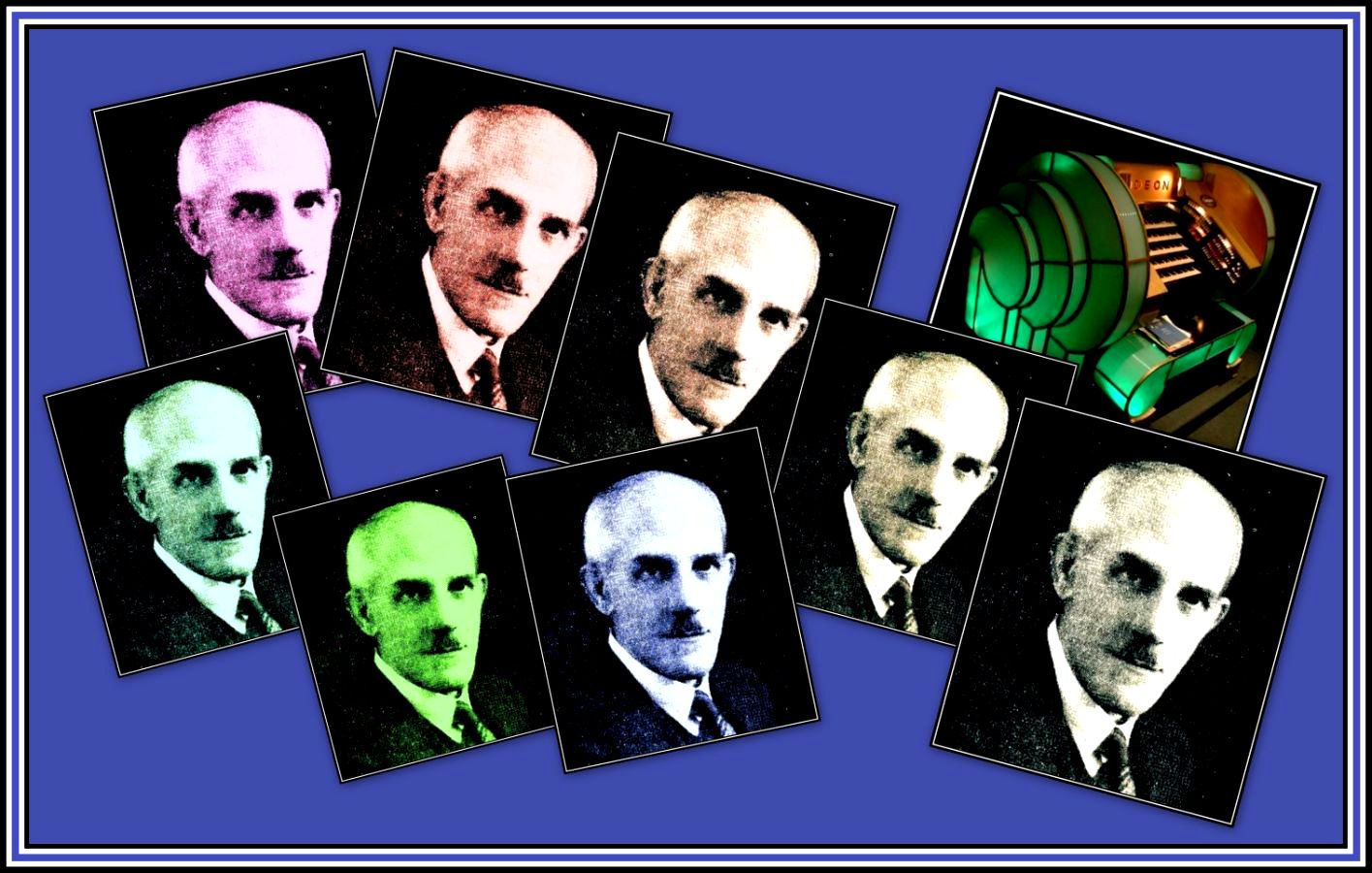
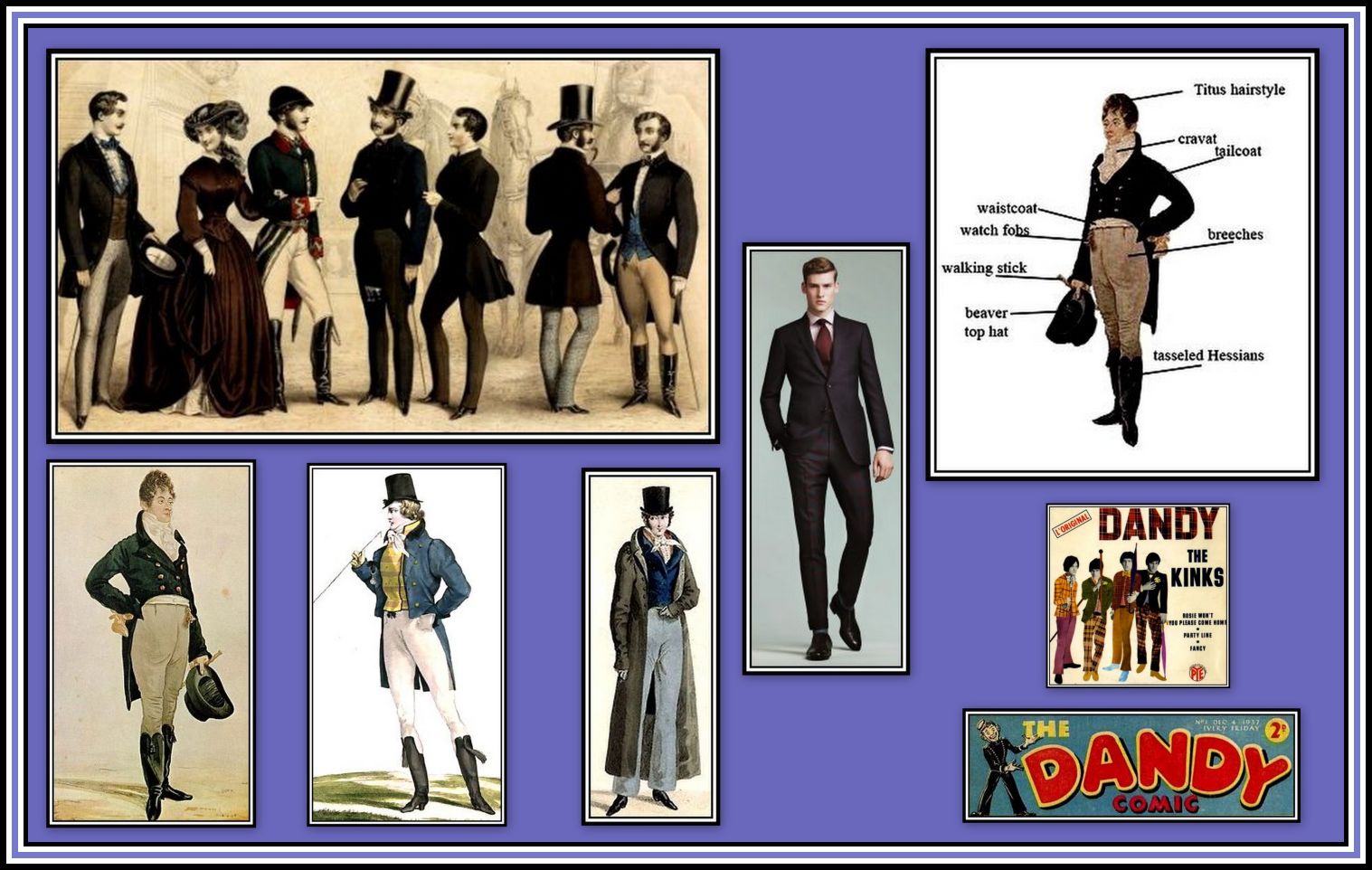

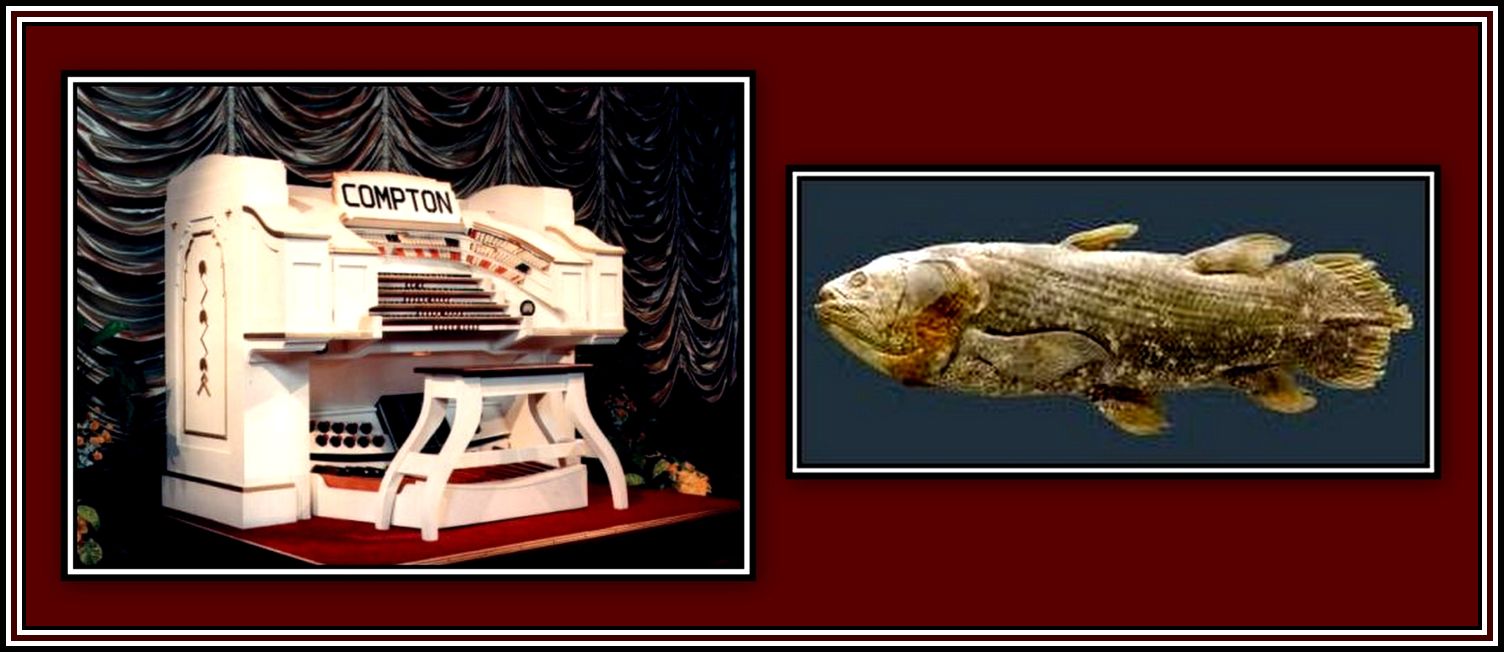


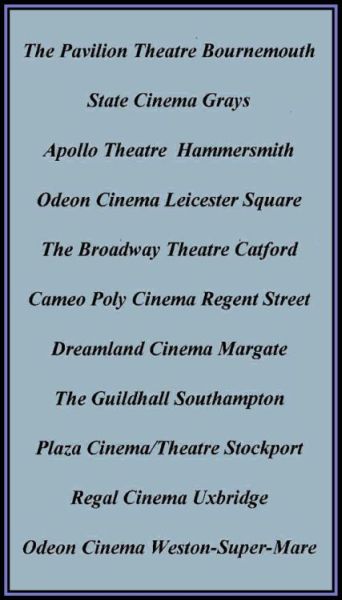
Organ and decor of the Odeon, Leicester Square.
The Odeon, Leicester Square was never going to be a typical Odeon. From its conception, it was to be a special theatre and unmistakably the flagship of the rapidly expanding circuit. Architecturally, it was a collaboration involving the practices of Harry Weedon and Andrew Mather – the only time when the two were combined. At its opening, the Odeon, with 2,116 seats was the third largest in the circuit, behind Bolton and Burnley – Swiss Cottage came fourth in the capacity stakes with one set less than Leicester Square. Blackpool – the largest Odeon ever built with over three thousand seats – was not opened until May 1939.
The Odeon’s facade and tower were clad in slabs of polished Aberdeen granite, outlined after dark in red neon. The majority of Odeons wore biscuit coloured faience tiles typically incorporating bands of red, green and black tiling. Leicester Square’s black frontage was a departure for the Company though, in 1939, their Middlesbrough Odeon was given a black tower with matching elements on the facade. The auditorium was a sensation and a triumph. Whilst more elaborate than the “streamlined moderne” schemes in most Odeons, the overall impression was unmistakably art-deco in style and sweepingly majestic. The Compton organ surround and organist’s stool were designed as very much part of the overall scheme. The internally illuminated concentric circular sections at either side of the console echoed the larger circular designs on the splay walls which were lit by concealed lighting and upon which were superimposed the golden ladies created by sculptor Raymond Briton Riviere and leaping towards the proscenium arch. Further use was made of the circular design with three parallel, semi-circular lighting coves above the proscenium, the widest of which met the first of eight horizontal coves which spanned the ceiling and walls from just in front of the balcony to the front of the overhanging projection suite above the rear balcony. This Odeon incorporated a large orchestra pit which could be raised level with the stage – the footlights, which ran the full width of the stage, except for the narrow flights of steps from the stalls at either end, were in an ingeniously hinged trough which, at the touch of a button, would fold down and disappear, leaving a perfectly flat surface enabling the orchestra pit floor to constitute a seamless apron for the stage. Even when the pit floor was at its lowest level, the organ could be swallowed up in its even lower “grave” just yards above the Northern Line tunnel below, once “buried”, chain operated floor sections slide up to cover the organ and further raise completely level to give the pit a totally flat floor capable of supporting the weight of a full orchestra. I remember attending the Royal Film Performances of “Close Encounters of the Third Kind” and “The Slipper and the Rose” when, as we took our seats, a full orchestra was playing the theme music from earlier R.F.P. films – the acoustics were perfect, of course, and what a wonderful sound and atmosphere. The Odeon’s wide though relatively shallow stage was equipped with a fly tower and dressing rooms. Another feature untypical of most Odeons was the beautifully decorated safety curtain made necessary by the Odeon’s status as both a cinema and a theatre.
Although both the house curtains and screen curtains at the Odeon have always been side-opening, both can be flown when required – as when in the recent past they have been flown out of the way to make room for BAFTA’s elaborate sets constructed for the eponymous awards ceremonies. Both sets of original curtains were elaborate affairs, the satin house curtains consisted of a full width, widely festooning silver section with a straight hem, over the upper part hung seven sections of gold satin separated by vertical strips of gold braid which lined up with the fibrous plaster ribs running down from the semi-circular coving to the top of the proscenium. The screen curtains were slightly less grand but still had festooned sections with the braid between festoons terminating in large gold tassels at the bottom, again, the main/background curtains were of silver satin with festoons and adornments in gold.
By the ‘sixties, such glories were considered old fashioned and in 1968, like many Odeons during that decade, the flagship was given what is now often called the “zing” treatment – a more modern and decidedly plainer scheme conceived by interior design team, Trevor and Mavis Stone. In the case of Leicester Square, the golden ladies were removed along with all wall and ceiling coving forward of the first of the larger coves beyond the front of the balcony. The footlights were no longer to be used although eighteen Strand Electric 2k watt pageant lanterns with huge, fresnel lenses were retained for lighting the curtains and were wired in three colour circuits, the lenses being filtered with primary red, medium amber and bright blue Cinemoid. Six profile spotlights were added to the “pageant box” on the front of the balcony and these were used to project three, overlapping pools of light onto the otherwise plain splay walls. The same three colours were used. The theatre retained its fifty two foot wide, handsome rectangular proscenium arch. The screen curtains now were plain silver satin while the new house curtains were in alternating panels of pink and red velvet (the same two colours being used somewhat randomly for the upholstery of the new seating). No cove lighting was in use with the new scheme and downlighters shed direct white light over the entire balcony. I personally found the new look very attractive and might even have found the original scheme a tad fussy had I seen it with my own eyes. The powerful lighting made the house curtains very rich, opulent and warm whilst the reflectivity of the silver screen “tabs” could create a virtual firework display as they billowed open or closed in an animated, majestic swish. The relative plainness of the auditorium seemed to emphasize the scale and space and it all looked high, wide and handsome to this observer. The three colours used for mixing and blending the lighting on the curtains were changed from time to time, the amber was replaced by pink for a time while for “Close Encounters of the Third Kind”, two circuits were given over to blue and the third, magenta. Tall, slender, rather psychedelic, abstract “fountain” designs were painted on the splay walls in maroon and brown for the Royal Film Performance of “Funny Lady” but these soon gave way to more appropriate, three dimensional rolling forms in red, pink and grey which recalled the designs against which the golden ladies once leapt. These were lit by the three profile spots at either end of the pageant box, this time all in pink.
In 1988, another expensive refurbishment took place which involved all the seating being recovered in a green and silver patterned fabric. The screen curtains were replaced by similarly plain, pastel pink satin ones while the new house curtains were in fawn velvet and carried an appliqued design of three, shallow, parallel, horizontal stripes in deep pink. Towards the centre, all three stripes curved upwards and broadened into ascending, wavy lines and these were complemented by a neon installation on each of the splay walls. Two sets of orange neon veins which glowed and faded automatically were shaped to match the design on the house curtains and, at the same time, a single pink bulb was fitted in the base of each side of all eight remaining lighting coves and the warm glow produced added to a scheme which, collectively, restored some of the Odeon’s original ‘thirties ambience. While this scheme was in place, the house curtains were replaced by plain maroon velvet curtains for the run of Disney’s “Pocahontas” which featured a live show on stage prior to the screening of the animated feature for the first part of its run. The distinctive tabs with the wavy design were reinstated immediately following the film’s run. Two large and beautiful areas of carpeting featuring an eye-catching art deco design in pale blue, pink, fawn and grey were woven for the main foyer and circle lounge but these, like the rest of the scheme were destined to grace the Odeon for just over ten years before the most recent refurbishment and partial reconstruction of the theatre in 1998.
The latest scheme coincided with the re-branding of the circuit and brought a partly double-height foyer with plain white walls and white, black and grey ceramic treatment of the foyer floor. The previously carpeted stairs to the balcony now had thick glass treads, each lit with white light from optic-fibre light strips sited at the base of each riser. The light sources for these are housed in the hollow column to the left of the stairs as approached from the main foyer with easy access to replace lamps etc. from a small door just inside the door leading to the stairs down to the “Premiere Lounge”/Press room below the foyer. The advertising readograph was replaced by a more general advertising area back in the upper recess of the facade where, originally, huge red neon letters were hung advertising the feature film and stars. Below this, much additional glazing opened up the public areas within the building and provided spectacular views of the Square from the circle lounge. The red neon outlining of the exterior was largely abandoned at the outbreak of WWII for fear of falling glass and only now was reinstated but this time with indigo blue replacing the old red. Each character of the various name signs in brushed silver metal also had a halo of blue from backward-facing neon.
The auditorium was transformed by the installation of replica golden ladies lit open white from four surviving profile spots and all lighting coves now contained fibre-optic lighting terminations whose light sources were equipped with colour wheels so the cove lighting could either be set at any one of numerous colours or continually changing hues when the colour wheels slowly rotated. The walls and ceiling of the auditorium were by now a soft grey and the lighting didn’t show up as well as intended. All coves were usually set on deep blue but I have seen a more noticeable red as well as, on occasion, magenta. Optic-fibre lighting was also used to illuminate the ten new parallel lighting coves on the now much higher ceiling of the circle lounge which is stepped in accordance with the floor of the rear circle above. These have for some time been left on open white as the colour wheels would often stick on various different colours. The light sources were situated anywhere there was a spare space or void – including in the false roof – and this led to maintenance becoming more and more difficult. The permanent closing off of a small area above the circle lounge has led to the first four coves nearest the circle lounge windows no longer being lit. The entire fibre-optic scheme was just too clever for its own good. The best view of the circle lounge cove lighting is to be had from Coventry Street whereas the auditorium coves glitter most colourfully when viewed from the stage! Initially, both house and screen tabs were in plain, grey satin although the screen tabs were soon replaced by blue satin ones which, due to the installation of a flying silver screen for 3D presentations, are now the only set of curtains normally used. When 3D films are being shown, neither sets of curtains can be used which is a great pity. During the eighties, the eighteen pageant lights were replaced by smaller, 1k watt spots of which fourteen survive. During the 1998 work all fourteen spotlights were wired as one circuit and so the mixing and blending of colours became a thing of the past. All these lights are now filtered middle rose pink but the effect on the screen tabs is far less striking given the darker, blue colour of the latest fabric. Also in 1998, twelve new spotlights were hung from a flying bar between the two curtain tracks and these played blue light down the folds of the screen tabs. This rather nice touch was not to last as the 3D screen frame is now suspended from that bar.
During the early years of this century, the balcony steppings were completely reconfigured to provide greater leg room at the cost of some three hundred seats. Around the same time, every seat in the theatre was replaced. Seats in the stalls and rear circle still covered in a replication of the original and famous leopard skin design albeit in completely new fabric, seating in the royal circle in dark blue.
Another refurbishment was actually planned to take place during March of 2015 but this was postponed until, possibly, February of 2016. The postponement may be linked to the parent company, Terra Firma, deciding to either sell or float Odeon Cinemas on the stock market. Such plans have not hindered the circuit’s continued expansion but may have impacted on such a huge investment in an existing asset. It is understood the Company wish to retain the Odeon’s high capacity – with the twinning of Empire One (the former Empire, Leicester Square) the Odeon is now by far the West End’s largest cinema and one of a select few cinemas in the U.K. still retaining its stalls/circle configuration. It is highly regarded by distributors and thousands of cinemagoers alike and recently enjoyed a string of sold-out performances of “Fifty Shades of Grey” (!) With “Star Wars the Force Awakens” and “Spectre” slated for later in the years, there is much to relish in what remains, for the time being at least, a vast and impressive cinema.
James Bettley